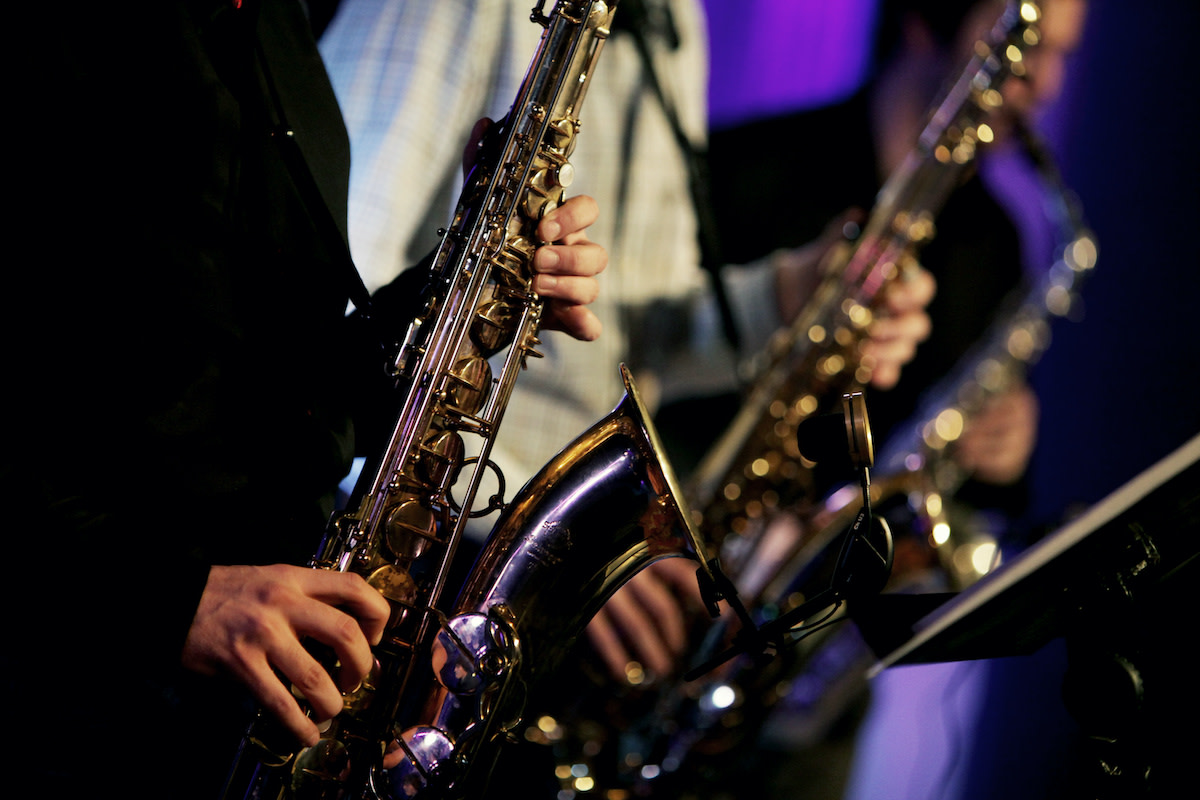What Is Bebop? A Guide to the History and Sound of Bebop
Written by MasterClass
Last updated: Jun 7, 2021 • 3 min read
When bebop music first hit the jazz scene, it didn't suit everybody's tastes—its fast pace and experimental nature meant it wasn't danceable. Bebop, which was more cerebral than prior jazz styles, marked a shift from jazz as entertainment to jazz as an intellectual art form.
Learn From the Best
What Is Bebop Music?
Bebop (or "bop") is a type of small-band modern jazz music originating in the early 1940s. Bebop has roots in swing music and involves fast tempos, adventurous improvisation, complex harmonies and chord progressions, and a focus on individual virtuosity. The name "bebop" originates from the sound of nonsense syllables that scat singers improvised in vocal jazz performances.
Many of the most noteworthy beboppers were both composers and performers, including Charlie Parker, Dizzy Gillespie, Thelonious Monk, Max Roach, Bud Powell, Kenny Clarke, Miles Davis, Charlie Christian, Dexter Gordon, Art Blakey, John Coltrane, Sonny Stitt, Mary Lou Williams, and Fats Navarro.
A Brief History of Bebop
In the timeline of jazz history, bebop falls between big band swing and cool jazz music.
- Shift away from big bands: Bebop traces back to World War II, when the draft sent many jazz musicians overseas to fight in the war. The shortage of available talent in the U.S. sparked a shift from the big bands of the swing era to smaller quartets and quintets. With a smaller band size, the jazz style naturally began to rely less on complicated group arrangements and more on individual virtuosity and improvisation.
- Bebop pioneers: In the early 1940s, an innovative group of jazz musicians set out to create a new, more challenging style of jazz. The essence of bebop was born during late-night jam sessions with the Earl Hines Orchestra at Milton's Playhouse in Harlem, New York. These pioneers included alto saxophonist Charlie Parker, trumpeter Dizzy Gillespie, pianists Thelonious Monk and Bud Powell, drummers Kenny Clarke and Max Roach, and guitarist Charlie Christian.
- Cool jazz and West Coast jazz: In the late 1940s and early ’50s, bebop evolved into a new style called cool jazz, which had a more laid-back, smooth sound that focused on formal arrangements rather than individual improvisation. Trumpet player Miles Davis was the most influential cool jazz musician, and he inspired many Los Angeles-based musicians to adopt the cool jazz genre, resulting in the West Coast jazz style.
- Hard bop: In the mid-1950s and ’60s, jazz musicians in New York, Philadelphia, and Detroit ushered in a new, heavier style of bebop called hard bop. Hard bop had a more rhythmic drive and incorporated elements from blues and gospel music.
6 Characteristics of Bebop
The revolutionary bebop jazz style stemmed from swing music, but it contains many of its own unique characteristics.
- 1. Faster tempos: Swing musicians play music specifically for dancing, which places limits on the speed of the song. Bebop musicians play music solely for listening, allowing for faster tempos.
- 2. Small bands with virtuosic soloists: Unlike the big bands of the swing era, bebop features small combos of one to three horns (trumpets or saxophones), a piano, double bass, and drums. This setup remains the traditional jazz band configuration.
- 3. The expanded role of the rhythm section: In bebop, the rhythm section does a lot more than keep time. Soloists are still the stars, but they rely more heavily on the rhythm section for support, riffs, and embellishments.
- 4. Experimentation: Inspired by swing-era experimental musicians like Roy Eldridge, Coleman Hawkins, and Lester Young, bebop musicians focus their attention on complex harmonies and unpredictable rhythms.
- 5. Improvisation: Instead of playing completely arranged songs, bebop musicians begin by playing a thematic melody called a "head" to the accompaniment of the rhythm section. They then play a segment where each musician improvises a solo. Lastly, they come back to the original head to close out the tune.
- 6. Contrafacts: A contrafact is a music piece consisting of a new melody over a preexisting harmonic structure (or chord progression). While you can copyright a melody, you cannot copyright a harmonic structure. Contrafacts allow bebop musicians to improvise new melodies over well-known chord progressions without obtaining permission from the original song's publisher. This practice is common among bebop musicians, with a notable example being Charlie Parker's “Ornithology,” which was based on the popular show tune “How High the Moon.”
Want to Learn More About Music?
Become a better musician with the MasterClass Annual Membership. Gain access to exclusive video lessons taught by the world’s best, including Herbie Hancock, Itzhak Perlman, St. Vincent, Sheila E., Timbaland, Tom Morello, and more.
